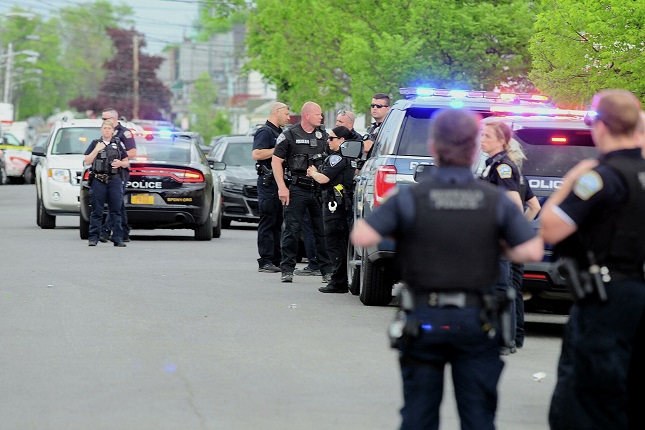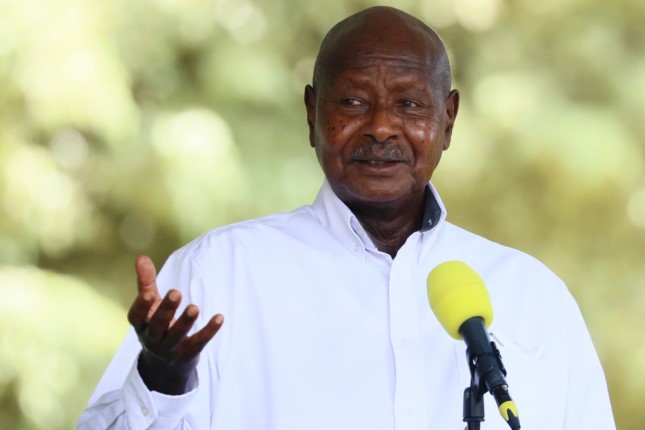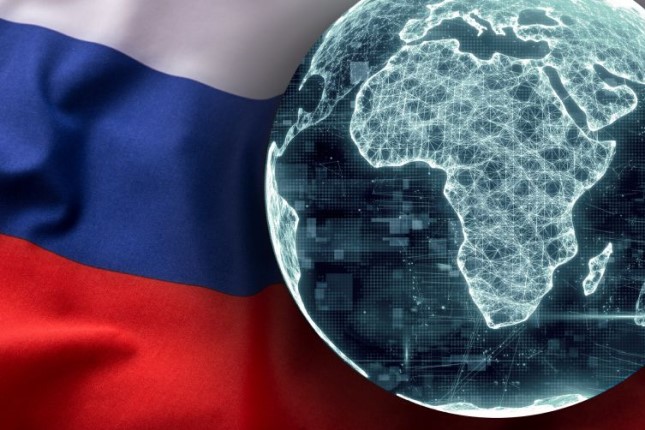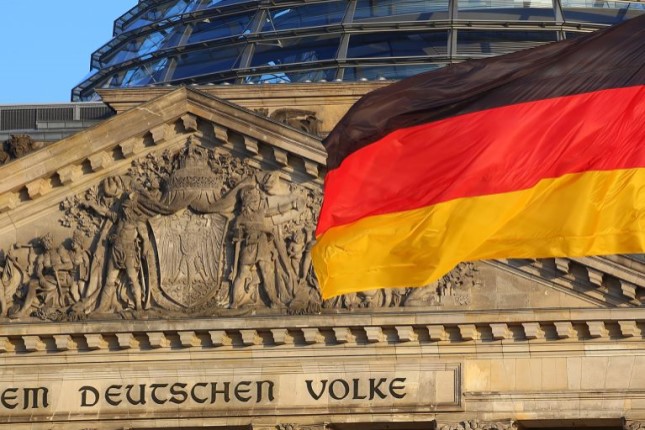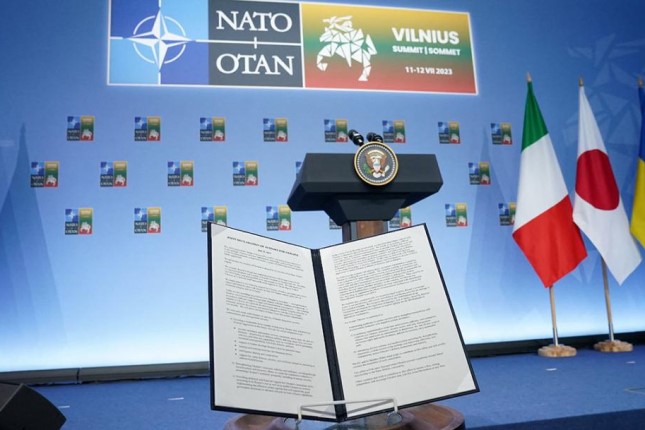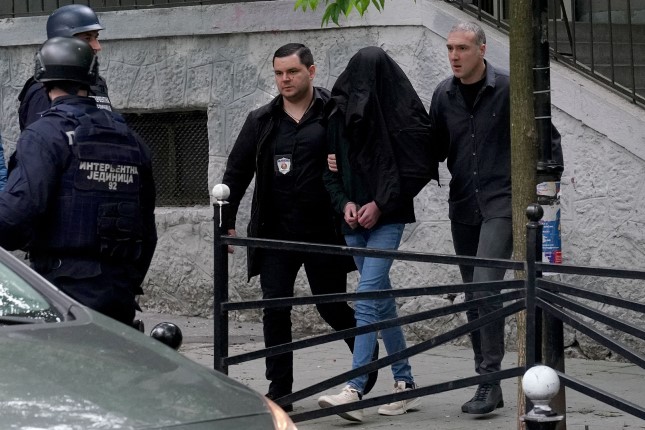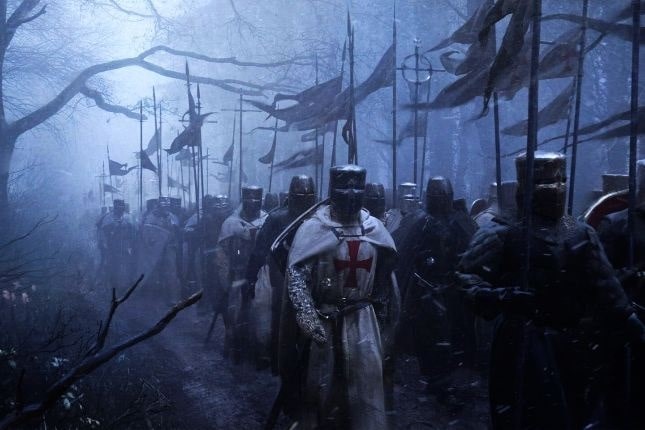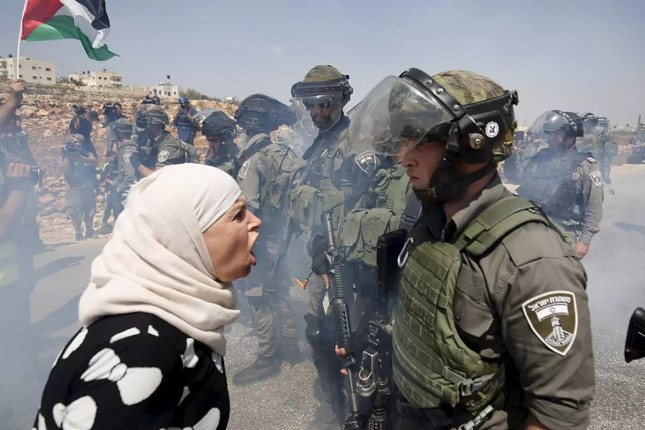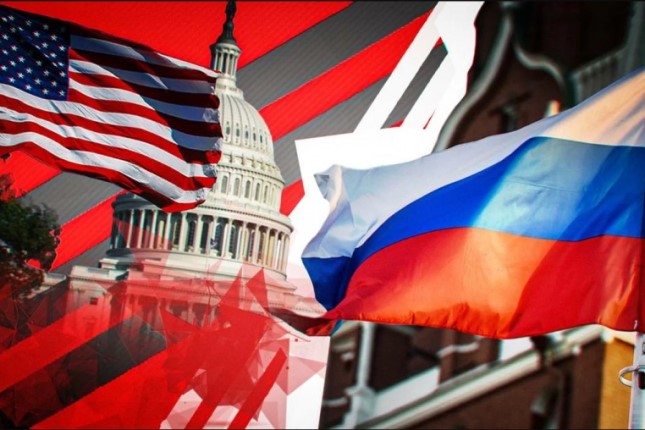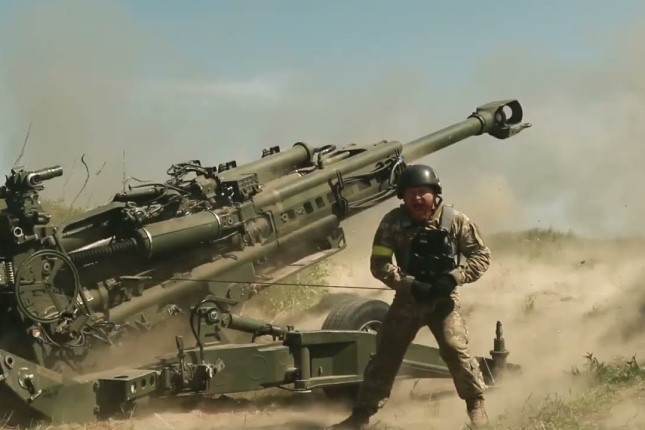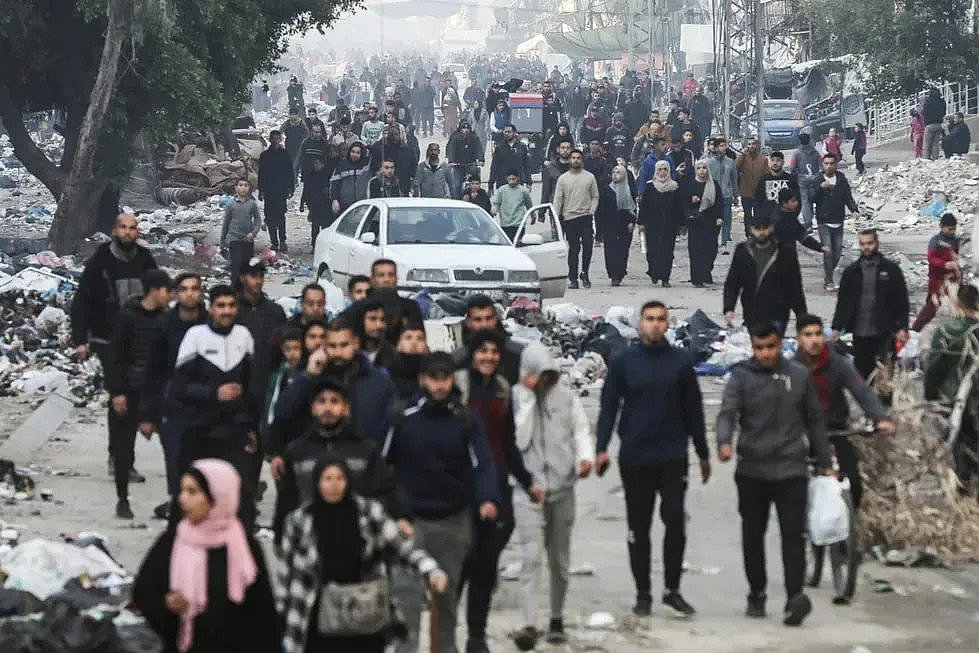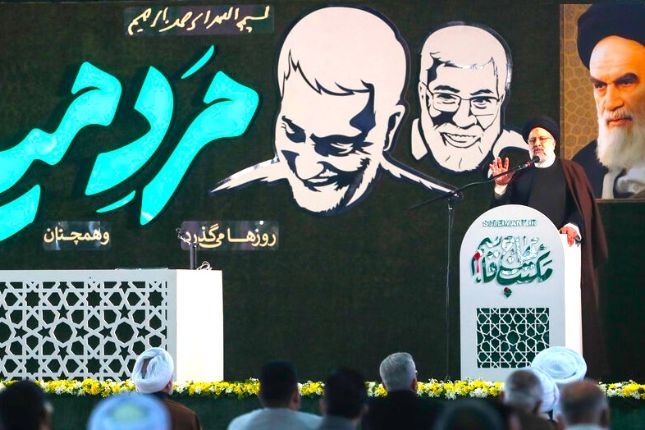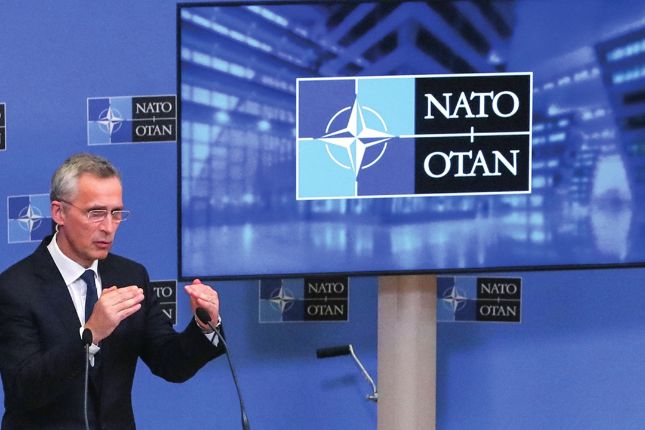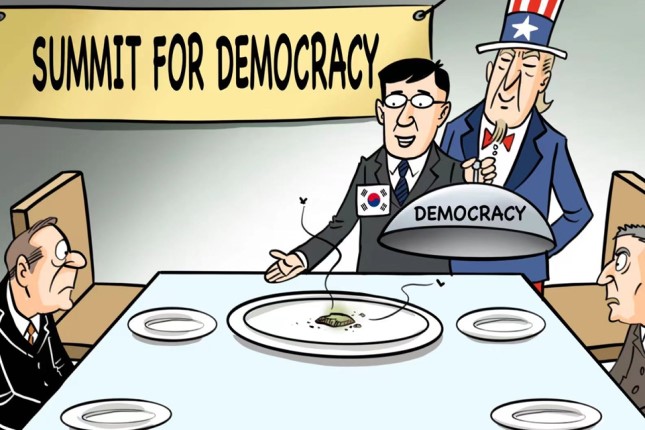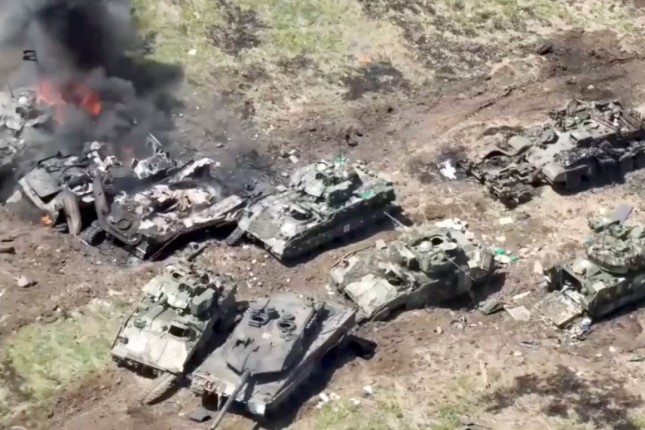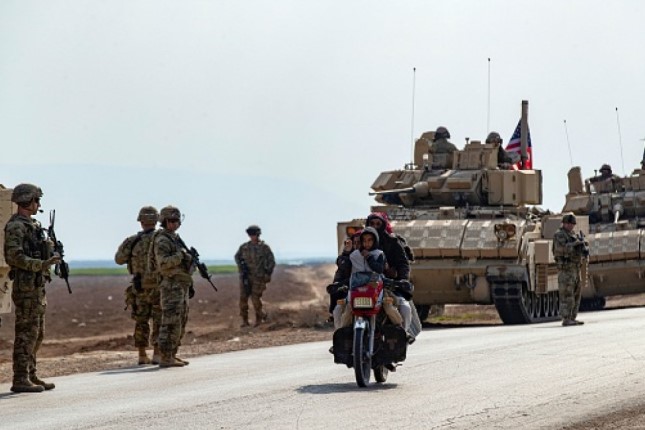The US continues investigating a hate-motivated terrorist attack in mid-May in Buffalo, New York. Peyton Gendron, 18, shot and killed ten people, primarily Black ones, in a local supermarket before turning himself in. The young man streamed his crime live on the streaming service Twitch. His 180-page manifesto, mainly echoing the ideas of 28-year-old Brenton Tarrant, who shot more than 50 Muslims in Christchurch, New Zealand, in March 2019, has circulated widely online.
Gendron and Tarrant were "inspired" by the "Great Replacement" theory, in which the white race is gradually being replaced by the non-white race, aided by corrupt national governments. This theory has become increasingly widespread in far-right groups around the world. Anti-Semitism and conspiracy theories complement its racist component. However, the New Zealand terrorist added memes to this cocktail that are widely known among young people, not necessarily extremists, and the American one added gamification: Tarrant streamed his mass murder live on social media.
In his manifesto, Gendron stated to had been radicalized amid this uncontrolled spending time online, exacerbated by quarantine due to the coronavirus pandemic.
Payton Gendron committed the crime wearing a sweatshirt with the Zonnenrad symbol – the Black Sun, widely used by various neo-Nazi organizations, including the Ukrainian Azov Regiment. Brenton Tarrant, in addition to being Islamophobic, professed ecofascism. Both mass murders are racially motivated hate crimes. But the main motive was supplemented by many others, perhaps just as significant.
This diversity of driving forces leads to a tragedy that distinguishes these and similar crimes from many others. There are more and more such cases. In early June, 19-year-old Joshua Adam Bowen was arrested in Casa Grande, Arizona. Unlike Gendron and Tarrant, he only created − but failed to realize − a terrorist threat.
According to the FBI investigation, Bowen threatened to commit a mass shooting at a local school, killing at least twenty people. In addition, he was going to shoot up the town theatre and kill a relative and an ex-girlfriend. He also made racist and misogynistic comments and justified mass shootings in Uvalde, where 19 children and two adults were killed in a school attack, and Buffalo.
Thus, the young man was oriented simultaneously toward "Columbiners", racists, and radical incels (misogynists). The ideology of hatred that formed in his head combined seemingly heterogeneous elements of various destructive tendencies.
As Bridget Johnson, Managing Editor for the US analytical website Homeland Security Today points out, modern extremists help each other, not bring together different destructive ideologies. However, some are willing to ignore specific differences to achieve a common goal. It is about "cross-pollination": mutual learning of best practices from terrorists of different ideological orientations, including choice of targets and tactics, recruitment and propaganda strategies, use of disinformation, etc.
Islamism, Accelerationism, Ecofascism, and white supremacy ideology share many common themes, including the use of current events, such as the covid restrictions, to foment resentment, conspiracy theories, anti-Semitism, misogyny, and others. Johnson states that even if the various extremist groups do not directly associate with each other, they can complement one another and ultimately pursue common goals.
French counterterrorism researcher Julien Bellet cites a prime example of the detention in 2021 in the south of France of an 18-year-old girl planning attacks on churches at Easter in coordination with Islamic State structures. Her seized notebook contained symbols of swastikas, jihad-related surahs of the Koran, IS executioners with severed heads and Nazi soldiers. All of these demonstrated a passion for extreme violence rather than adherence to any "particular ideology".
This case is far from unique. In the extremist environment, there is a tendency to adhere to several different radical ideologies simultaneously, often contradicting each other. This trend is perceived as an increasingly tangible threat. FBI Director Christopher Wray called this a "salad bar" ideology. He stated that some violent extremists might have diverse ideological beliefs, which means they lack clearly defined motives beyond a desire for violence.
American terrorism scholars Bruce Hoffman and Jacob Ware call this "ideological convergence" of various extremist ideologies. This makes it hard for government agencies to develop countermeasures against terrorism, not to mention timely prevention of new terrorist threats and anticipation of possible terrorist alliances.
The researchers state that "any combination of militant and extremist motives is possible" in the emerging new world. In the United States, there is a particularly noticeable tendency for the far-right neo-Nazi and Salafist jihadists to merge, which was impossible to imagine until quite recently.
Against this background, a particular danger is posed by so-called lone wolf terrorists – terrorists who do not belong to any extremist organizations and have radicalized on their own, usually under the influence of information from the Internet. According to American terrorism researcher Jeffrey Simon, they will be the leading players in the next wave of terrorism, whether it be terrorism by the ultra-right and supporters of white supremacy, cyberterrorism or the development of religious terrorism.
Eclectic violent extremist ideology, including Neo-Nazism and school shootings, radical Islamism and Incelism, people-hate and Ultra-Leftism, and a host of other destructive beliefs, are the realities of today. Joshua Bowen was stopped in time, while Peyton Gendron and Brenton Tarrant were not. How many more disillusioned guys caught up in this ideological mishmash on the Internet are walking around the US and Europe right now...? Only a fundamental change in the social climate can counter the further spread of such ideas. After all, deep disappointment in the social order and the lack of real or perceived prospects for development and growth are the main reasons why these young people choose death for themselves and others.
